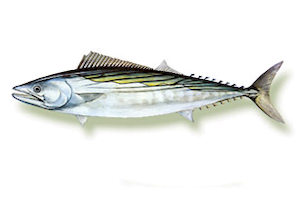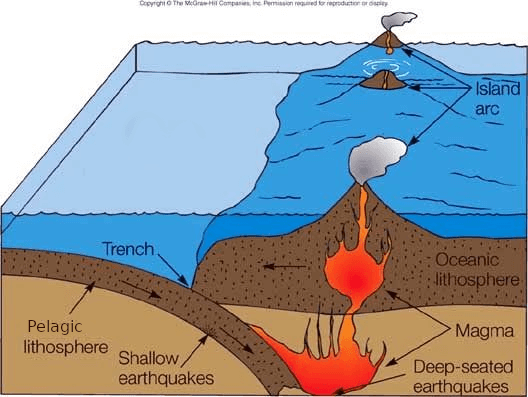The white grouper (Epinephelus aeneus) is a species of grouper living in the subtropical eastern Atlantic Ocean and the southern Mediterranean Sea. It can reach a maximum length of 120 cm and a maximum weight of 25 kg.
Alternatively, the term “white grouper” is also used as a local vernacular name for several other species of fish, including the yellowedge grouper (Hyporthodus flavolimbatus), Nassau grouper (Epinephelus striatus), and Venezuelan grouper
Environment: milieu / climate zone / depth range / distribution range
Marine; brackish; demersal; oceanodromous (Ref. 51243); depth range 20 – 200 m (Ref. 3589). Subtropical; 39°N – 16°S, 17°W – 60°E (Ref. 54435)
Distribution
Eastern Atlantic: along the west coast of Africa to southern Angola (Ref. 5222, 57293), including the southern Mediterranean (Ref. 5222). First record from Corsica, France in 2012 (Ref. 95840). Records from the Canary Islands and Cape Verde are unsubstantiated (Ref. 5222).
Length at first maturity / Size / Weight / Age
Maturity: Lm?, range 50 – 60 cm
Max length : 120 cm TL male/unsexed; (Ref. 5222); common length : 60.0 cm TL male/unsexed; (Ref. 26999); max. published weight: 25.0 kg (Ref. 5222)
Short description
Dorsalspines (total): 10 – 11; Dorsalsoft rays (total): 14-16; Analspines: 3; Analsoft rays: 7 – 9. Diagnosis: depth of body less than head length, depth 3.0-3.6 times in SL; head length 2.5-2.9 times in SL; interorbital area convex; preopercle angular, 3.6- large spines at the angle, lowermost directed ventrally; posterior nostril slightly bigger than anterior nostril; maxilla reaches nearly to vertical at rear edge of eye; pelvic fin origin below base of pectoral fins; rounded caudal fin; body scales ctenoid (Ref. 89707).
Biology Glossary (e.g. epibenthic)
Adults are found on rocky or mud-sand bottom; juveniles have been taken in coastal lagoons and estuaries (Ref. 5222, 57293). In the west African waters, diet comprise of fishes (58%), stomatopods (21%), crabs (10%), and cephalopods (10%). It is a protogynous hermaphrodite. The seasonal migration of the species off the coast of Senegal is influenced by the seasonal upwelling off Senegal and Mauritania. Utilized fresh and smoked (Ref. 9987). Highly esteemed in the market of West Africa (Ref. 5377).
Life cycle and mating behavior
Most females change sex at about 9 kg, but smaller males (of 3 to 5 kg) are occasionally found. Total potential fecundity was estimated to range from 789,436 ova in a 44 cm SL fish of 2.2 kg to 12,589,242 ova in a 87 cm SL fish of 12.6 kg. In Tunisia, sex change occurs at 10 to 13 years (6 to 15 kg, 80 to 110 cm TL).
IUCN Red List Status
Near Threatened (NT) (A2bd); Date assessed: 18 November 2016
Threat to humans
Harmless
Human uses
Fisheries: commercial; aquaculture: experimental; gamefish: yes



























































































































































































































